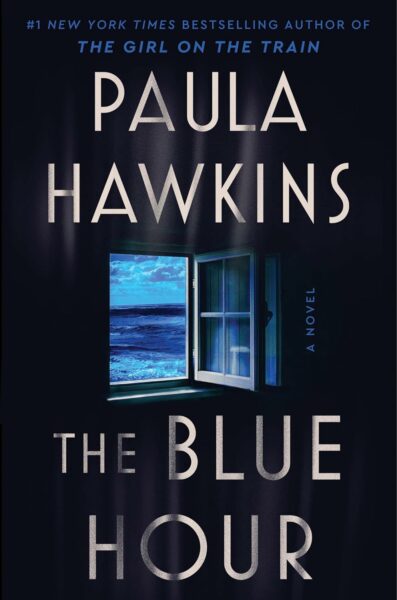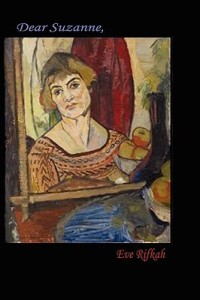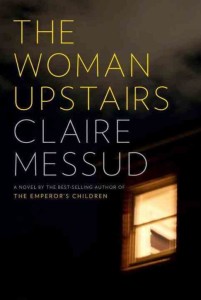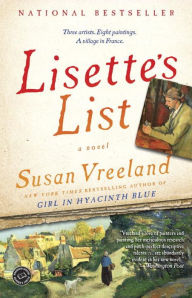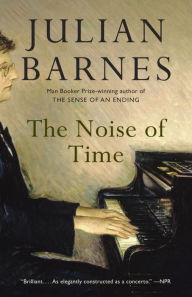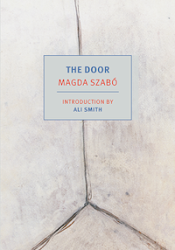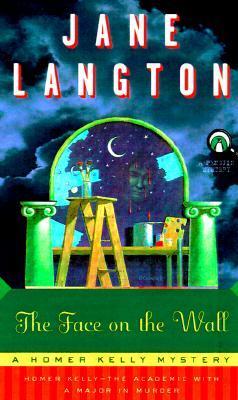
Professor Homer Kelly already has plenty on his plate, when his wife Mary presents the part-time sleuth with an important task: find out why her former student Pearl Small has disappeared. Worryingly, Pearl’s husband Fred is negotiating a deal to turn the land, a former pig farm which is in Pearl’s name, into a development of McMansions.
Meanwhile, the Kellys are helping Mary’s niece Annie as she uses the windfall from her suddenly success as a children’s book illustrator to build her dream home, constructing it as an extension to her current house and renting that out. Annie goes all out to make it everything she’s ever wanted, including a 35-foot blank wall where she begins to paint a mural of famous stories for children.
Enter the Gast family. Social climbers Roberta and Bob who rent Annie’s house have two children: ten-year-old Charlene, a self-centered swimming champion, and eight-year-old Eddy, who has Down’s syndrome. Eddy loves to visit Annie and watch her paint. When she gives him some materials to work with, she finds that he is a remarkably gifted artist.
All is not well, though. The Gast parents are embarrassed by Annnie’s artistic eccentricity, and covet her part of the house. Accidents plague the property. Worst of all, a face keeps appearing on Annie’s wall, no matter how many times she and Flimnap O’Dougherty, a strange handyman who showed up one day, paint over it.
And where is Pearl? We learn that she loves her inherited acres and has been turning them into a nature sanctuary, planting trees and flowers.
This thirteenth Homer Kelly mystery is a light-hearted story about art, hubris, and community action. What do we value? What do we owe each other?
There are a few incidents that strain the reader’s credulity, but they fit with the fairy-tale atmosphere of the story. I especially enjoyed mentions of various beloved children’s books, such as Wind in the Willows, and other favorites, such as Three Men in a Boat, and the pen-and-ink illustrations of Annie’s wall. There is also plenty of suspense that builds throughout the story, so that the pages fly by.
Jane Langton, who died in 2018, remains one of my favorite authors. Her children’s book Diamond in the Window has to have been the most influential book I read as a child. I still often think of the adventures in it. What I love about her adult books is the way she weaves a tale that whose charm and humor hold serious questions for those who care to look for them.
Have you read any of Jane Langton’s books?
